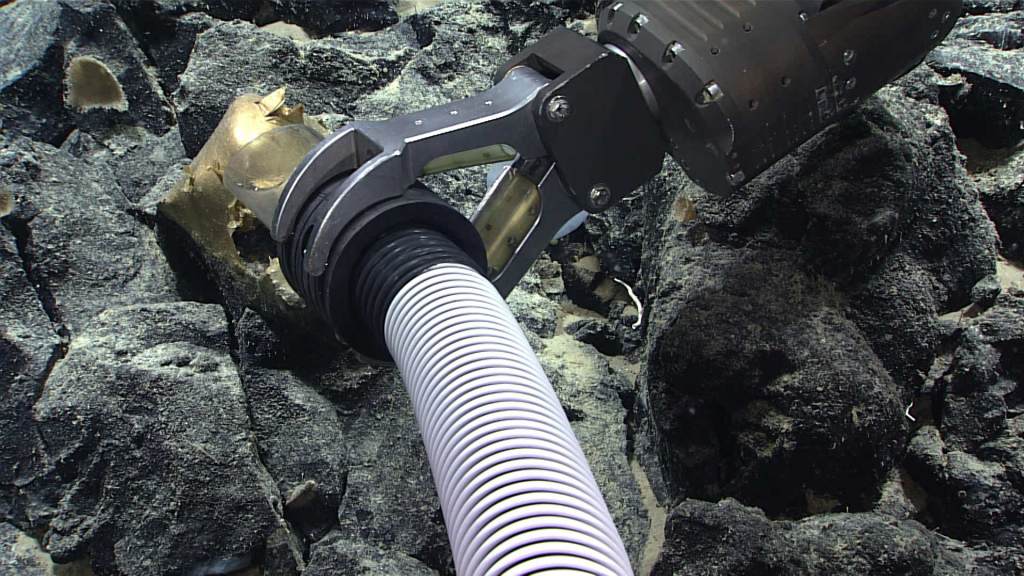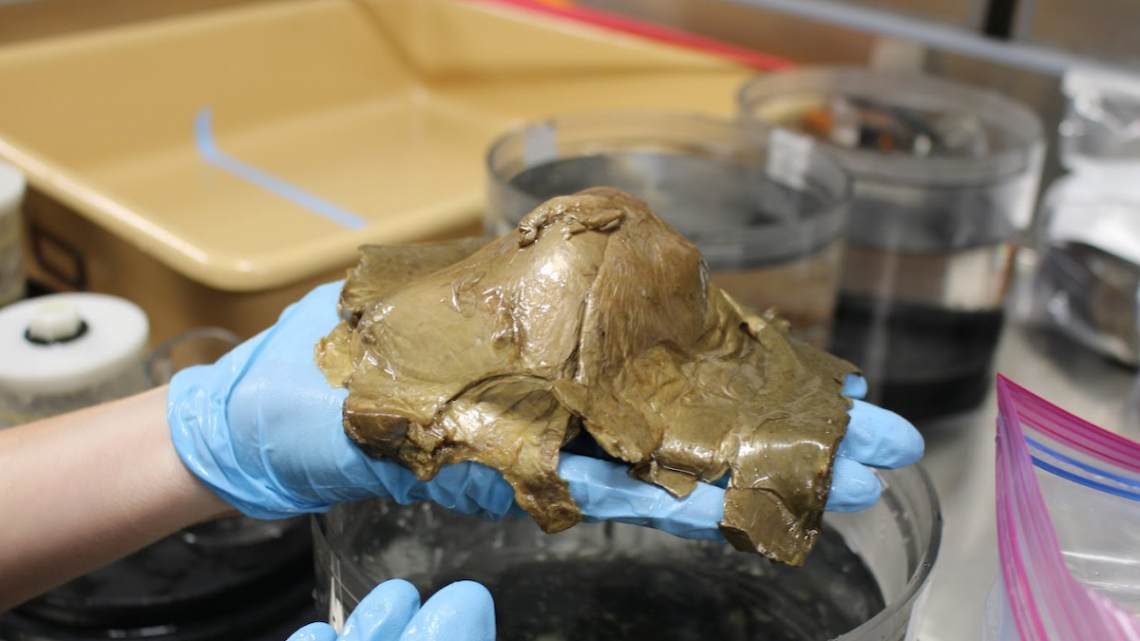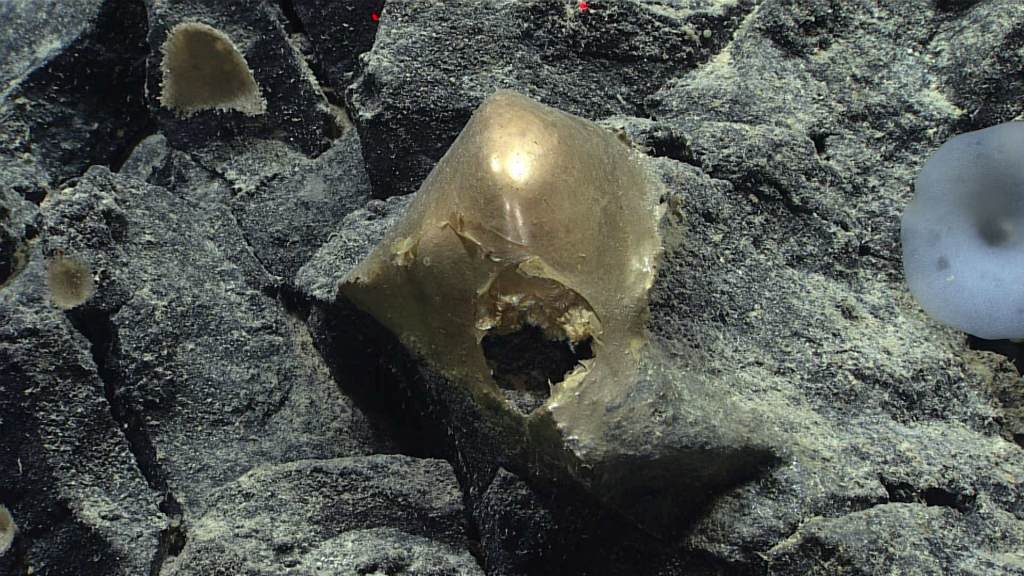It’s not every day that scientists run across something that totally stumps them. But if it’s going to happen, the ocean remains one of the most likely places for such a scenario to play out. After all, 80 percent of the world’s oceans have yet to be explored, let alone mapped and scientifically observed. Nevertheless, scientists have found themselves humbled by the recent discovery of a golden-colored orb.
Here’s what we know so far and where this line of research may take scientists moving forward.
A Mysterious Golden “Orb”
What do you think of when you hear the phrase “a mysterious golden orb”? Maybe the first line or title of a new Harry Potter spin-off? Although a fanciful description, this phrase has nothing to do with fiction or fantasy. (At least, in this context.) Instead, we’re talking about the way ocean researchers are describing their latest find.

Image courtesy of NOAA Ocean Exploration, Seascape Alaska.
And beyond these descriptive words, scientists don’t have much more to say about the object. Sam Candio of the National Oceanic and Atmospheric Administration (NOAA) explains, “While we were able to collect the ‘golden orb’ and bring it onto the ship, we still are not able to identify it beyond the fact that it is biological in origin.”
While this assessment doesn’t narrow it down much, scientists remain hopeful about uncovering the real identity of the mystery object. They hope that placing the specimen in a lab setting where the scientific community can weigh in on its identity will yield new insights.
A Discovery Unlike Any Other
Where did the mystery orb come from in the first place? Researchers recovered it about two miles below the water’s surface on an underwater mountain or seamount. The seamount is located in the Gulf of Alaska, and the specimen measures roughly four inches wide.
On land, the specimen looks a bit dingy and blobby. But an underwater photograph of the orb shows just how shiny and golden it looks in its natural habitat. Apart from the striking appearance, the orb has a hole at its base, which initially led researchers to hypothesize that it might be an egg sac.
But further investigation made them look for other explanations. Some scientists assumed the object must be a kind of dead sea sponge, but analysis disproved this theory, too. What else is on the list of guesses? Some researchers think it may represent an unknown life stage of an already known creature, while others guess it’s an entirely new species.
Next Steps for the Golden Orb
So, what’s next for the strange blob? As part of the NOAA Seascape Alaska expedition, the orb and other samples removed from the ocean’s floor will be extensively studied. The mission of the effort is to learn more about the deep water off the shores of Alaska. After all, this relatively unknown corner of the ocean is unmapped and begging for exploration.
Scientists eagerly anticipate what they’ll learn based on the data and specimens recovered. As Candio explains, “Collectively, the data and information gathered during this expedition will help us close gaps in our understanding of this part of the planet, so we can better manage and protect it.”
Studying new species and ecosystems also comes with many potential benefits for humanity. These may include new sources for medical therapies, food, energy, and vaccines. If anything holds the potential for bettering society as a whole, we’d put our money on a shiny golden orb.
Are you fascinated by the planet’s oceans? Or perhaps you don’t know much about them but are curious? Either way, it’s time to start planning your next vacation to one of our three amazing Ripley’s Aquariums locations.
By Engrid Barnett, contributor for Ripleys.com










